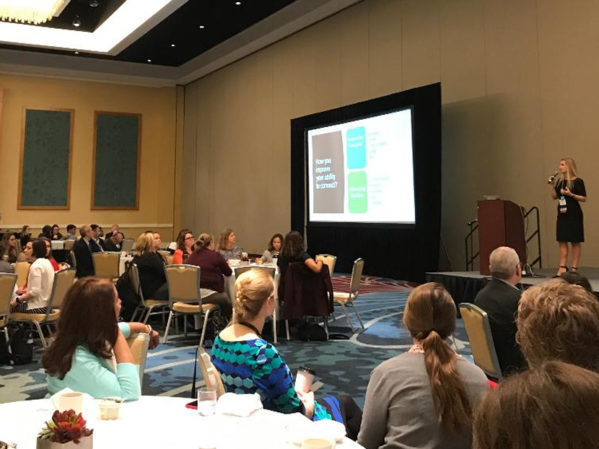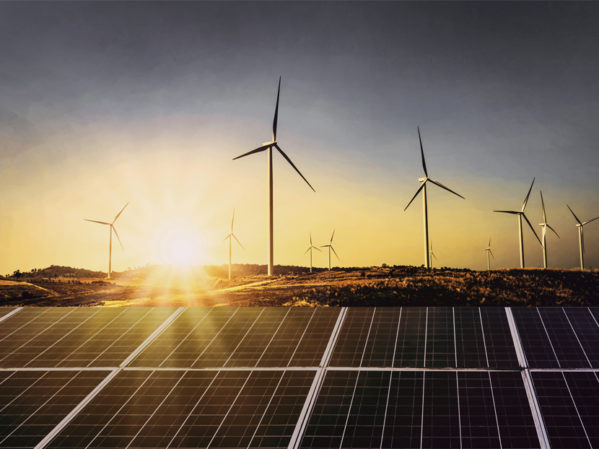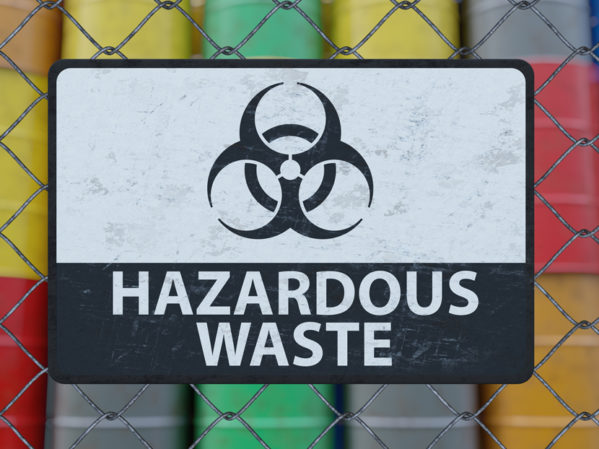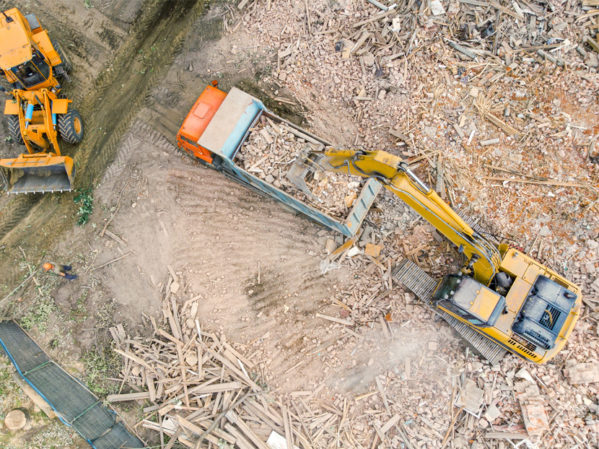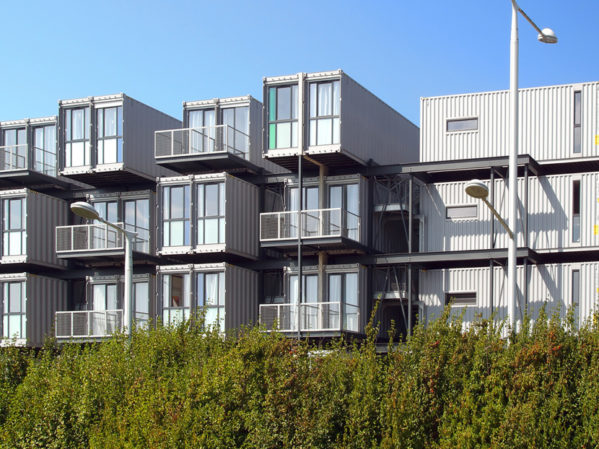Articles by Max Rohr
Alternative Energy
First Day Back After the ‘Great Reflection’
This opportunity to step back and reflect on your career may not come up again in your lifetime.
Read More
Alternative Energy
Finding Carbon Neutral
Purchasing renewable energy certificates may not be the best way to address the issue.
Read More
Alternative Energy
Puerto Rico: Complicated Path to Utility Recovery
The island will not need to import infrastructure to harvest more solar, wind and ocean energy.
Read More
Alternative Energy
The Politics of the Arctic
Many nations are ready to plant a flag at the top of the world. But why?
Read More


